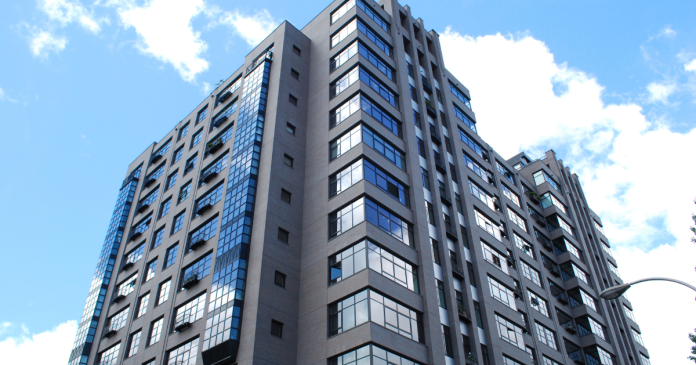In the face of urgent discussions about the pressing need for 1.5 million new homes, Ontario witnessed a slowdown in housing growth over the last year compared to 2020.
The preliminary estimates from the Canadian Housing Statistics Program (CHSP) revealed that Ontario’s residential property stock increased by 1.3% from 2021 to 2022. This indicates a deceleration from the 1.5% growth observed from 2020 to 2021.
This trend was mirrored locally, with a similar slowdown seen in the Toronto census metropolitan area (CMA). From 2020 to 2021, the stock of residential properties in the city grew by 1.9%, equating to 33,520 new homes. However, from 2021 to 2022, Toronto’s housing stock rose by 1.6%, or 29,905 properties.
On the other hand, coastal provinces in Canada experienced an uptick in their residential property stock over the same period.
In British Columbia, the number of residential properties increased by 1.4% from 2020 to 2021, and this growth accelerated to 1.6% from 2021 to 2022. The Vancouver CMA witnessed a 2.1% growth rate, adding 16,705 residential properties from 2021 to 2022, compared to 1.6% or 12,945 homes in the previous period.
In New Brunswick, residential property numbers grew by 0.6% from 2021 to 2022, and in Nova Scotia, the increase was 0.8%. Both provinces experienced a 0.2% acceleration in growth compared to the previous year.
At a local level, the residential property stock in Moncton grew by 1.3% from 2021 to 2022, a rise from the 1% growth rate seen from 2020 to 2021. However, in Halifax, the growth rate slightly slowed from 1.1% to 1% over the same period.
A recent report from the Canadian Centre for Policy Alternatives highlighted a concerning trend: developers are investing less in new residential construction than they were in April 2020. Compared to the peak of the pandemic-era lockdowns, investment in new single-family homes has dropped by 21% across Canada, and investment in new apartment construction has seen a 2% dip. However, when compared to February 2022, just before the Bank of Canada began raising interest rates, investments in these property types have fallen by 36% and 19%, respectively.
With the CHSP data predating the impact of interest rate hikes and the full effects yet to be felt in the housing sector, concerns loom as experts suggest that “the worst is yet to come.”



